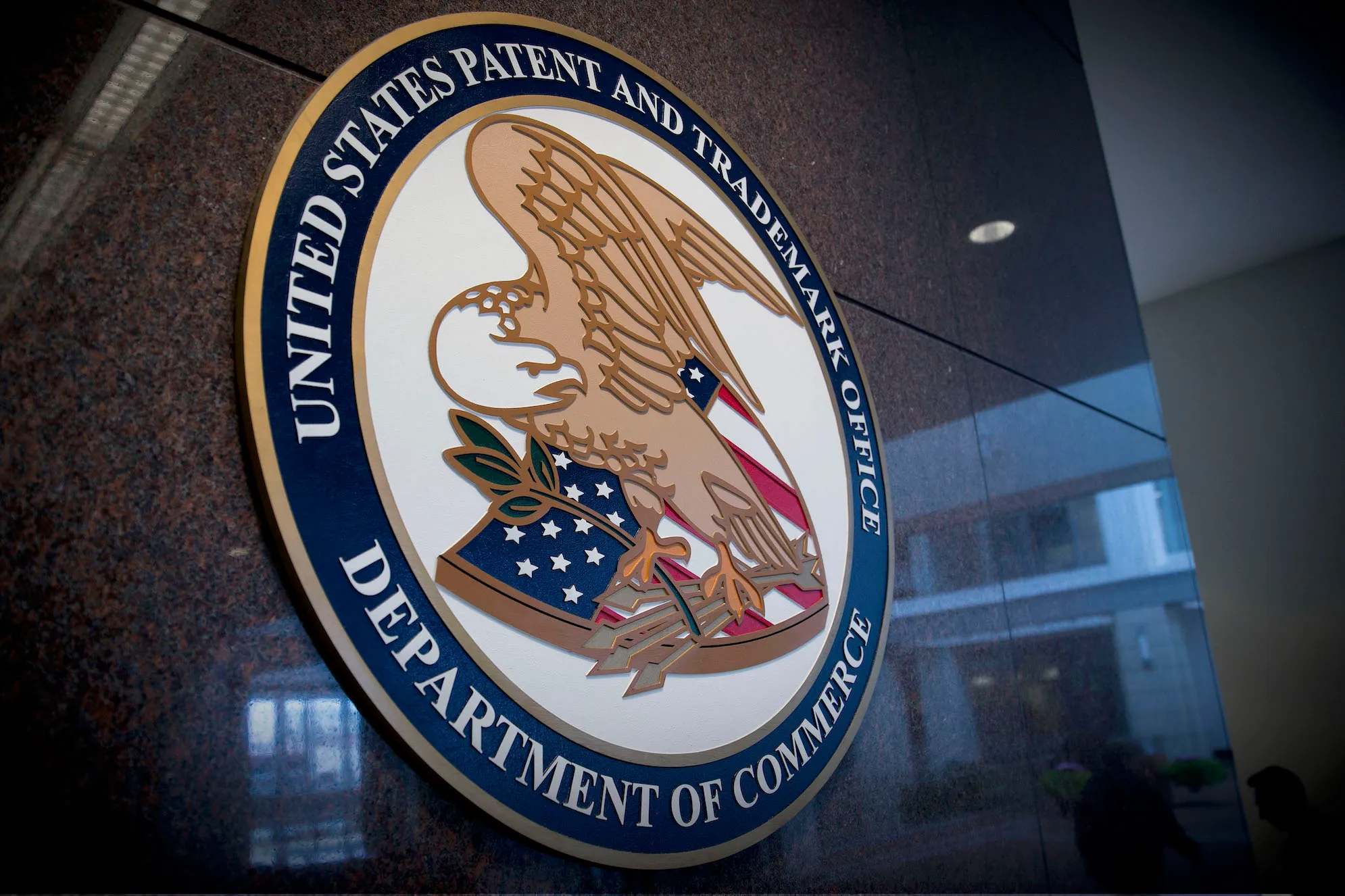The United States Patent and Trademark Office (USPTO) has announced a new fee structure for patent-related services, set to take effect on January 19, 2025. This change aims to provide sufficient revenue to recover the costs of patent operations while introducing adjustments designed to influence applicant behavior.
Below is an overview of the key changes and their potential implications for patent applicants.
Major Changes in the New Fee Structure
- General Fee Increases
- An across-the-board increase of approximately 7.5% applies to all patent fees not covered by targeted adjustments.
- The adjustments are intended to recover costs more effectively and reduce reliance on maintenance fees paid later in the patent lifecycle.
- Continuing Application Fees
- Continuing applications (continuation, divisional, and continuation-in-part) filed later in the patent term will incur additional fees:
- $2,700 for applications filed more than six years after the earliest benefit date.
- $4,000 for applications filed more than nine years after the earliest benefit date.
- Filing, search, and examination fees are also increasing:
- Filing fee: Increased by $30 to $350.
- Search fee: Increased by $70 to $770.
- Examination fee: Increased by $80 to $880.
- Continuing applications (continuation, divisional, and continuation-in-part) filed later in the patent term will incur additional fees:
- Request for Continued Examination (RCE) and Excess Claim Fees
- First RCE fee: Increased by $140 to $1,500.
- Second and subsequent RCE fee: Increased by $860 to $2,860.
- Excess independent claim fee: Increased by $120 to $600 for each independent claim over three.
- Excess claims over 20: Fee increased from $100 to $200 per excess claim.
- Design Patent and Information Disclosure Statement (IDS) Fees
- Design application fee: Increased from $1,760 to $2,600.
- IDS fees: Introduced a new tiered system:
- $200 for over 50 citations.
- $500 for over 100 citations.
- $800 for over 200 citations.
- Other Notable Changes
- Terminal disclaimers after a final determination in patent term extension cases: New fee of $1,440.
- Patent term extension request fee: Increased from $1,320 to $2,500.
- Inter partes review trial fees: Increased by 25%, with request fees rising to $23,750.
Rejected Proposals
The USPTO declined to implement certain proposed changes, including:
- A new fee for After Final Consideration Pilot 2.0 (AFCP 2.0) requests.
- Tiered fees for terminal disclaimers.
- A targeted increase to the patent term adjustment fee.
The AFCP 2.0 program expired on December 14, 2024.
Policy Implications
The new fee structure reflects a shift towards front-end cost recovery, addressing costs earlier in the patent lifecycle. During fiscal year 2023, maintenance fees accounted for 54.9% of the USPTO’s patent revenue, highlighting the need for a more balanced approach.
While the USPTO asserts that the adjustments align fees with actual costs and were influenced by public feedback, some changes appear to be designed to discourage certain filing strategies, such as late continuation applications.
Key Takeaways for Patent Stakeholders
To mitigate the financial impact of these changes, applicants should consider:
- Filing actions before the new fees take effect: For example, paying pending RCE or issuing fees before January 19, 2025.
- Evaluating patent portfolios: Identify continuation applications with priority dates older than six years that could incur new fees.
- Adjusting filing strategies: Explore alternative approaches to minimize costs, such as prioritizing appeals over RCE filings.
Additional Information
For detailed insights, the USPTO’s official publication in the Federal Register is available here.
The USPTO’s new fee structure introduces significant changes that will affect applicants across the patent landscape. By planning ahead and aligning filing strategies with these adjustments, stakeholders can better manage costs and navigate the evolving patent system effectively.

